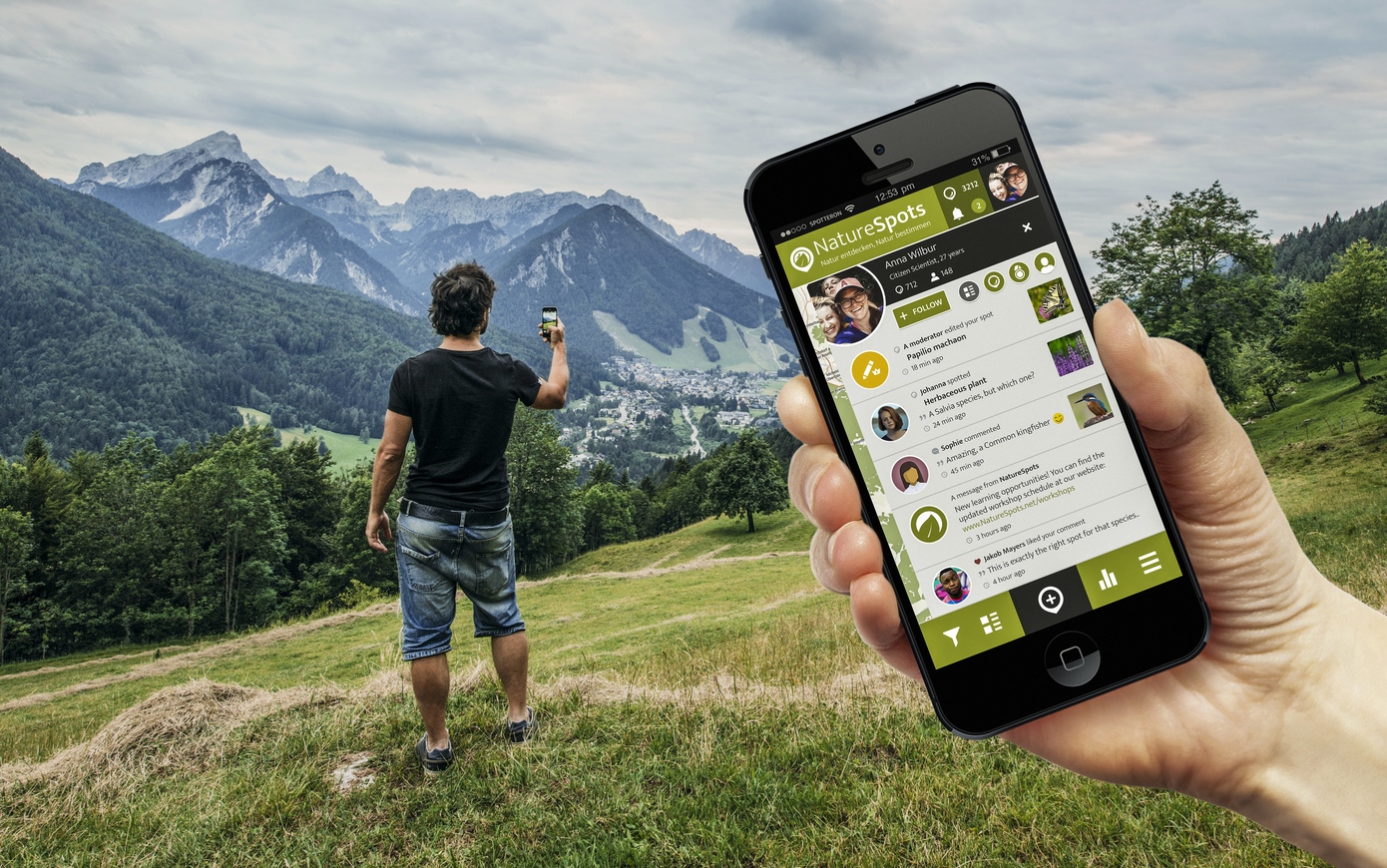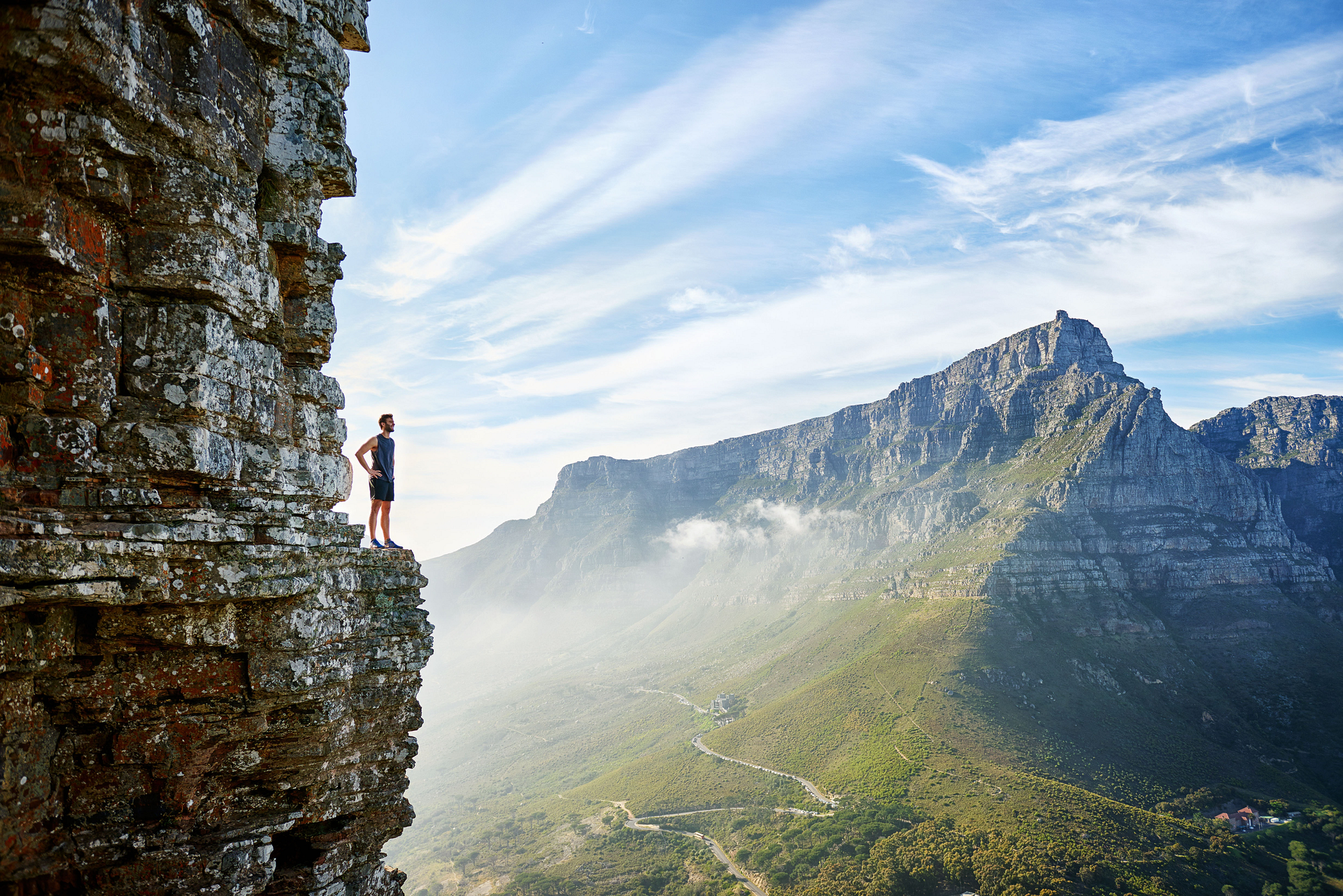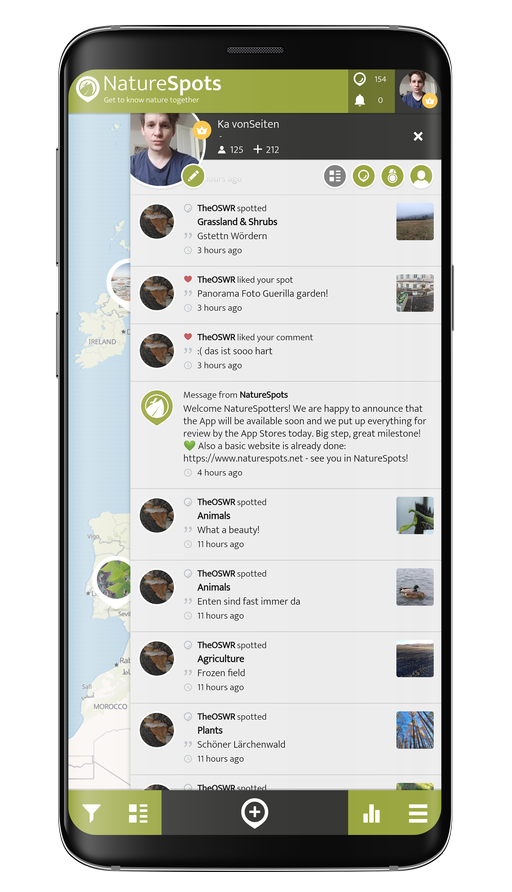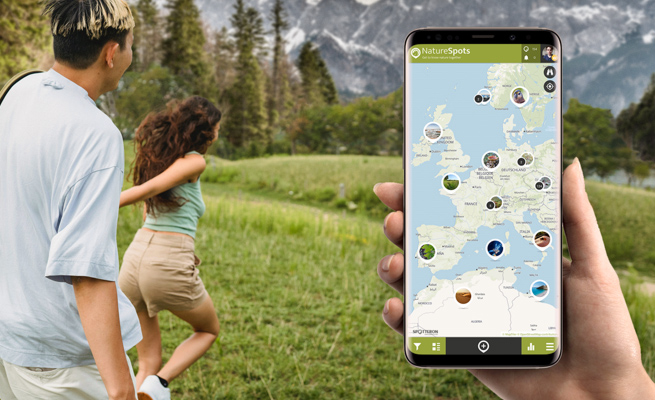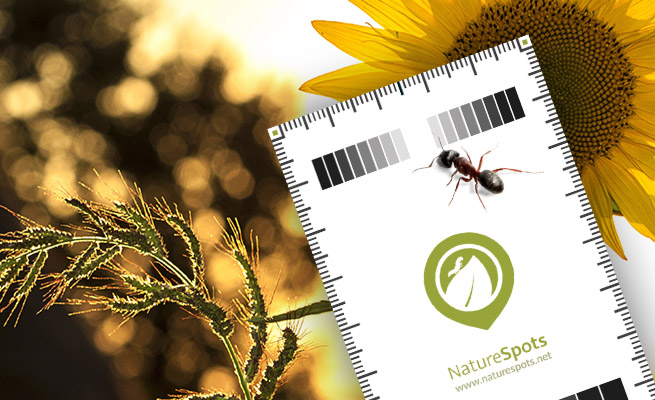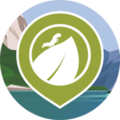 On the NatureSpots App, you can join a growing community of nature lovers and enthusiasts and contribute your own sightings! The App's community will help you identifying species of animals, plants or even mushrooms and you can share photos of habitats and natural landscapes with others. Join up and download the free App for Android or iOS now or start sharing your love about nature in the NatureSpots map here on this website!
On the NatureSpots App, you can join a growing community of nature lovers and enthusiasts and contribute your own sightings! The App's community will help you identifying species of animals, plants or even mushrooms and you can share photos of habitats and natural landscapes with others. Join up and download the free App for Android or iOS now or start sharing your love about nature in the NatureSpots map here on this website!
★ NatureSpots lets you put your nature observations on the map ★ NatureSpots is 100% community-driven ★ NatureSpots is free and without ads ★ NatureSpots is independent and non-profit ★ NatureSpots respects your privacy and is an European project ★

